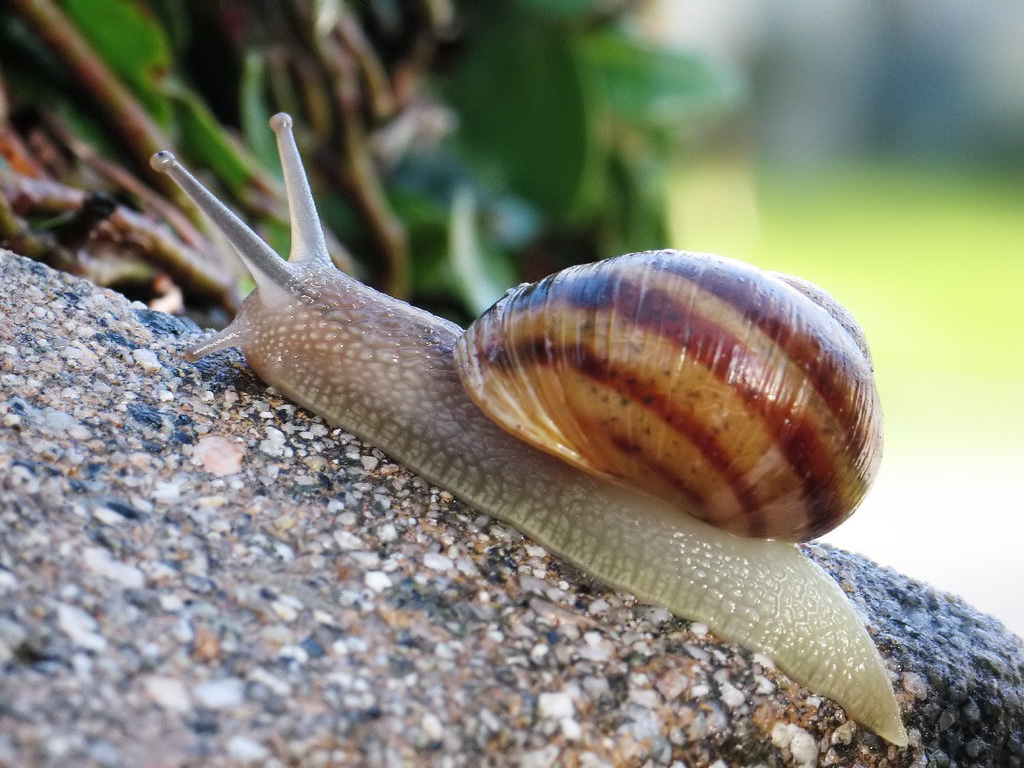|
Dimitrie Călugăreanu
Dimitrie Călugăreanu ()–December 17, 1937) was a Romanian physician, naturalist and physiologist. Călugăreanu was born in Pomârla, Botoșani County; his parents were the possibly illiterate peasants Constantin and Glicheria. After obtaining a scholarship, he attended the natural sciences department of the University of Iași science faculty, from which he graduated in 1894. He then enrolled in the medical faculty of the University of Berlin. In 1902, he received a doctorate in natural sciences from the University of Paris, his thesis topic being research into hemolysis through experimental physiology and physical chemistry. He was an assistant at the University of Iași morphology laboratory from 1894 to 1897. Upon returning from France to his native country, Călugăreanu worked as a professor at Bucharest's higher school of veterinary medicine from 1902 to 1905 and an associate professor of physiological chemistry at the science faculty of the University of Bucharest ... [...More Info...] [...Related Items...] OR: [Wikipedia] [Google] [Baidu] |
Carol Davila University Of Medicine And Pharmacy
Carol Davila University of Medicine and Pharmacy ( ro, Universitatea de Medicină și Farmacie „Carol Davila”) or University of Medicine and Pharmacy Bucharest, commonly known by the abbreviation UMFCD, is a public health sciences university in Bucharest, Romania. It is one of the largest and oldest institutions of its kind in Romania. The university uses the facilities of over 20 clinical hospitals all over Bucharest. The Carol Davila University is classified as an "advanced research and education university" by the Ministry of Education. Created as part of the University of Bucharest in 1869, the institution is considered one of the most prestigious of its kind in Romania and in Eastern Europe. Library The university includes two major libraries, both built in 1869 in a neoclassical and neo-baroque style. History Carol Davila was a prestigious Romanian physician of Italian ancestry. He studied medicine at the University of Paris, graduating in February 1853. In Marc ... [...More Info...] [...Related Items...] OR: [Wikipedia] [Google] [Baidu] |
1868 Births
Events January–March * January 2 – British Expedition to Abyssinia: Robert Napier leads an expedition to free captive British officials and missionaries. * January 3 – The 15-year-old Mutsuhito, Emperor Meiji of Japan, declares the ''Meiji Restoration'', his own restoration to full power, under the influence of supporters from the Chōshū and Satsuma Domains, and against the supporters of the Tokugawa shogunate, triggering the Boshin War. * January 5 – Paraguayan War: Brazilian Army commander Luís Alves de Lima e Silva, Duke of Caxias enters Asunción, Paraguay's capital. Some days later he declares the war is over. Nevertheless, Francisco Solano López, Paraguay's president, prepares guerrillas to fight in the countryside. * January 7 – The Arkansas constitutional convention meets in Little Rock. * January 9 – Penal transportation from Britain to Australia ends, with arrival of the convict ship ''Hougoumont'' in Western Aus ... [...More Info...] [...Related Items...] OR: [Wikipedia] [Google] [Baidu] |
Caius Iacob
Caius Iacob (March 29, 1912 – February 6, 1992) was a Romanian mathematician, professor at the University of Bucharest, and titular member of the Romanian Academy. After the fall of communism in 1989, he was elected to the Senate of Romania. Biography He was born in Arad, the son of and Camelia, née Moldovan. His father was professor of Canon Law and served as delegate for Arad at the Great National Assembly of Alba Iulia of 1 December 1918. Caius Iacob attended the Moise Nicoară High School in his native city, and then completed his secondary education at the Emanuil Gojdu High School in Oradea. After passing his baccalaureate examination with the highest mark in the nation, he was admitted in 1928 at the Faculty of Sciences of the University of Bucharest, from where he graduated in 1931, aged nineteen. Iacob continued his studies at the Faculty of Sciences of the University of Paris, with thesis advisor Henri Villat. He defended his thesis, ''Sur la détermination des f ... [...More Info...] [...Related Items...] OR: [Wikipedia] [Google] [Baidu] |
Gheorghe Călugăreanu
Gheorghe Călugăreanu (16 June 1902 – 15 November 1976) was a Romanian mathematician, professor at Babeș-Bolyai University, and full member of the Romanian Academy. He was born in Iași, the son of physician, naturalist, and physiologist Dimitrie Călugăreanu. From 1913 to 1921 he studied at the Gheorghe Lazăr High School in Bucharest, after which he attended University of Cluj, graduating in 1924. In 1926 he went to Paris to pursue his studies at the Sorbonne, supported by a scholarship from the Romanian government. He obtained his Ph.D. in mathematics in 1929, with thesis ''Sur les fonctions polygènes d'une variable complexe'' written under the direction of Émile Picard and defended before a jury that also included Édouard Goursat and Gaston Julia. After returning to Romania, he was appointed assistant the University of Cluj in 1930; he was promoted to lecturer in 1934 and named professor in 1942. From 1953 to 1957 he served as Dean of the Faculty of Mathematics. Hi ... [...More Info...] [...Related Items...] OR: [Wikipedia] [Google] [Baidu] |
Order Of The Crown (Romania)
The Order of the Crown of Romania is a chivalric order set up on 14 March 1881 by King Carol I of Romania to commemorate the establishment of the Kingdom of Romania. It was awarded as a state order until the end of the Romanian monarchy in 1947. It was revived on 30 December 2011 as a dynastic order. Classes The order had five classes, most of them with limited numbers: * Grand Cross (limited to 25) * Grand Officer (limited to 80) * Commander (limited to 150) * Officer (limited to 300) * Knight (unlimited numbers) Insignia Decoration The religious character of the model of 1881 is a red-enamelled, eight-pointed Maltese Cross with wider margin of gold and white. In the angles of the cross were "C"s, the initials of the founder. The medallion in the middle of the cross shows a royal crown on dark red background. The medallion is surrounded by a white-frost edge surrounded the inscription PRIN NOI INSINE (by ourselves) and the order's foundation date of 14 March 1881. On the ba ... [...More Info...] [...Related Items...] OR: [Wikipedia] [Google] [Baidu] |
Romanian Academy
The Romanian Academy ( ro, Academia Română ) is a cultural forum founded in Bucharest, Romania, in 1866. It covers the scientific, artistic and literary domains. The academy has 181 active members who are elected for life. According to its bylaws, the academy's main goals are the cultivation of Romanian language and Romanian literature, the study of the national history of Romania and research into major scientific domains. Some of the academy's fundamental projects are the Romanian language dictionary (''Dicționarul explicativ al limbii române''), the dictionary of Romanian literature, and the treatise on the history of the Romanian people. History On the initiative of C. A. Rosetti, the Academy was founded on April 1, 1866, as ''Societatea Literară Română''. The founding members were illustrious members of the Romanian society of the age. The name changed to ''Societatea Academică Romînă'' in 1867, and finally to ''Academia Română'' in 1879, during the reign of ... [...More Info...] [...Related Items...] OR: [Wikipedia] [Google] [Baidu] |
Planarian
A planarian is one of the many flatworms of the traditional class Turbellaria. It usually describes free-living flatworms of the order Tricladida (triclads), although this common name is also used for a wide number of free-living platyhelminthes. Planaria are common to many parts of the world, living in both saltwater and freshwater ponds and rivers. Some species are terrestrial and are found under logs, in or on the soil, and on plants in humid areas. The triclads are characterized by triply branched intestine and anteriorly situated ovaries, next to the brain. Today the order Tricladida is split into three suborders, according to their phylogenetic relationships: Maricola, Cavernicola and Continenticola. Formerly, the Tricladida was split according to habitats: Maricola, which is marine; Paludicola which inhabits freshwater; and Terricola, which is land-dwelling. Planaria exhibit an extraordinary ability to regenerate lost body parts. For example, a planarian split lengt ... [...More Info...] [...Related Items...] OR: [Wikipedia] [Google] [Baidu] |
Lymnaea
''Lymnaea'' is a genus of small to large-sized air-breathing freshwater snails, aquatic pulmonate gastropod mollusks in the subfamily Lymnaeinae ( of the family Lymnaeidae, the pond snails.Bouchet, P.; Rosenberg, G. (2013). Lymnaea Lamarck, 1799. Accessed through: World Register of Marine Species at http://www.marinespecies.org/aphia.php?p=taxdetails&id=160345 on 2013-06-06 Some species are used in aquaculture under the name Melantho snails. Numerous ''Lymnaea'' species serve as intermediate hosts for trematodes. ''Lymnaea'' is the type genus of the family Lymnaeidae. Species Species within the genus ''Lymnaea'' include: * † ''Lymnaea acuminata'' Brongniart, 1810 * † '' Lymnaea acuta'' Repelin, 1902 * † ''Lymnaea aequalis'' Serres, 1818 * † '' Lymnaea alamosensis'' Arnold, 1908 * † ''Lymnaea antiqua'' Brongniart, 1810 * † ''Lymnaea aptensis'' Matheron, 1861 * † '' Lymnaea ativuncula'' White, 1886 * † '' Lymnaea bertschingeri'' Maillard, 1892 * † ... [...More Info...] [...Related Items...] OR: [Wikipedia] [Google] [Baidu] |
Planorbis
''Planorbis'' is a genus of air-breathing freshwater snails, aquatic pulmonate gastropod mollusks in the family Planorbidae, the ram's horn snails, or planorbids. All species in this genus have sinistral or left-coiling shells.Bouchet, P.; Rosenberg, G. (2014). Planorbis O. F. Müller, 1773. Accessed through: World Register of Marine Species at http://www.marinespecies.org/aphia.php?p=taxdetails&id=182692 on 2014-11-23 Description ''Planorbis'' shells are flat-coiled and sinistral. Distribution This genus has a worldwide distribution. It is known from the Jurassic to the Recent periods.(in Czech) Pek I., Vašíček Z., Roček Z., Hajn. V. & Mikuláš R.: ''Základy zoopaleontologie''. - Olomouc, 1996. 264 pp., . Species Species within the genus ''Planorbis'' include: ;Subgenus ''Planorbis (Jalpuchorbis)'' Prysjazhnjuk & Kovalenko, 1986 * † ''Planorbis bolgradensis'' Prysjazhnjuk & Kovalenko, 1986 * † ''Planorbis roshkai'' Prysjazhnjuk & Kovalenko, 1986 ; Subgenus ''P ... [...More Info...] [...Related Items...] OR: [Wikipedia] [Google] [Baidu] |
Helix (gastropod)
''Helix'' is a genus of large, air-breathing land snails native to Europe and the Mediterranean region. They are the type genus of the family Helicidae, and are among the first animal genera described by Carl Linnaeus.Rosenberg, G.; Bouchet, P. (2014). ''Helix'' Linnaeus, 1758. Accessed through: World Register of Marine Species at http://www.marinespecies.org/aphia.php?p=taxdetails&id=153970 on 2015-02-24 Members of the genus first appeared during the Oligocene. Like most land snails, ''Helix'' species are hermaphroditic, and like other helicids, a courting pair will impale each other with hormone-rich love darts prior to exchanging sperm. Well-known species include ''Helix pomatia'' (Roman snail, Burgundy snail, or edible snail) and '' Helix lucorum'' (Turkish snail). ''Cornu aspersum'' (garden snail) – another well-known helicid – was originally described as a member of ''Helix'' (as "''Helix aspersa''"), but the prevailing classification places it as the sole member of the ... [...More Info...] [...Related Items...] OR: [Wikipedia] [Google] [Baidu] |
Limax
''Limax'' is a genus of air-breathing land slugs in the terrestrial pulmonate gastropod mollusk family Limacidae. The generic name ''Limax'' literally means "slug". Some species, such as the leopard slug (''L. maximus'') and the tawny garden slug (''Limacus flavus''), are considered garden pests.Ebeling. WChapter 12: Miscellaneous Pests. ''Urban Entomology''. Department of Entomology. UC Riverside. 2002. The genus ''Limax'' ''sensu stricto'' is probably monophyletic.Klee, B. 200Towards a phylogeny of ''Limax'' (Gastropoda: Stylommatophora)''. ''The Malacologist''. Molluscan Forum 2006. Distribution This genus is native to Europe, but at least one species (''L. maximus'') has been introduced into North America. Species The genus ''Limax'' includes at least 33 species: [...More Info...] [...Related Items...] OR: [Wikipedia] [Google] [Baidu] |



.jpg)


